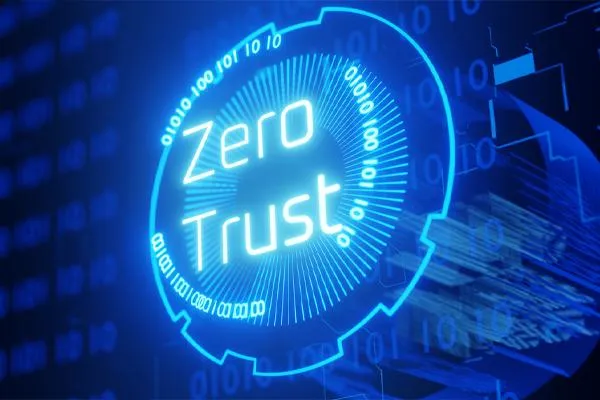
The New Cybersecurity Rule: Assume Everyone’s a Liar
When it comes to cybersecurity, here’s the truth: trust is a liability. The old way of protecting systems—"trust but verify"—just doesn’t cut it anymore. In today’s cloud-based, remote-friendly, bring-your-own-device world, Zero Trust Architecture (ZTA) is no longer a buzzword. It’s a necessity. In this post, I’ll break down what Zero Trust really means (no, it’s not just MFA), how it keeps your business safer in 2025, and what steps you can take today to move away from implicit trust and toward airtight, always-verified security.
The New Cybersecurity Rule: Assume Everyone’s a Liar
What Is Zero Trust Architecture?
Zero Trust is exactly what it sounds like: never trust—always verify. That means no user, device, app, or IP address is ever automatically trusted just because it’s inside your network or logged in once before.
This model flips the old-school castle-and-moat mindset. Instead of assuming everyone inside the network is safe, Zero Trust treats every access attempt as a potential threat—and forces it to prove otherwise.
It’s not just about firewalls. It’s a full strategy built around identity validation, granular access control, and continuous monitoring.
Why Zero Trust Matters More Than Ever
Let me be real with you—your network perimeter doesn’t exist anymore.
Your employees are working from home (and coffee shops).
Your files live in the cloud.
Your vendors and contractors use your systems.
Your data is everywhere.
And cybercriminals know it.
Zero Trust Addresses This Modern Reality By Asking:
Who is trying to access this?
What are they trying to do?
Should they have that permission right now?
Are they still acting the same as 10 minutes ago?
The Core Pillars of Zero Trust
There are a lot of tech buzzwords floating around, but here’s the practical breakdown of what Zero Trust really includes:
➡️ Identity & Access Management (IAM):
Every user must verify who they are—every time.
➡️ Least Privilege Access:
Users only get the minimum access needed to do their job. No more shared logins or over-permissioned accounts.
➡️ Micro-Segmentation:
You divide your network into zones, so one breach doesn’t open the entire system.
➡️ Continuous Monitoring & Risk Analysis:
Access is revoked or restricted if anything looks suspicious—even mid-session.
➡️ Multi-Factor Authentication (MFA):
Yes, you still need this. But it’s only one piece of the puzzle.
Real-World Example: When “Trust” Fails
One of my clients had a contractor with temporary admin access to a project folder. Guess what happened? That login was compromised by a phishing email—and since the system trusted that device, the attacker roamed freely for hours.
Had they used Zero Trust controls like least-privilege access and behavior monitoring, that breach would’ve been stopped in minutes—not discovered two weeks later.
How to Start Adopting Zero Trust (Even Without an IT Army)
You don’t need to be a Fortune 500 company to use Zero Trust principles. Start here:
➡️ Implement MFA across all systems
➡️ Audit user permissions and remove excessive access
➡️ Set location-based or time-based access restrictions
➡️ Segment sensitive systems and restrict lateral movement
➡️ Educate your employees that trust is earned, not automatic—even in IT
Want More Protection Tips?
Check out these recent posts I’ve written on modern threats that make Zero Trust critical:
What's Your Next Step?
Still trusting your team, your tools, or your tech without verifying everything? That’s how companies get breached.
I help businesses build ruthless cybersecurity systems that don’t rely on wishful thinking.
👉 If you’re ready to protect your data with Zero Trust—not blind faith—[book a cybersecurity audit or training with me today]. Let’s lock it down before someone else breaks in.
